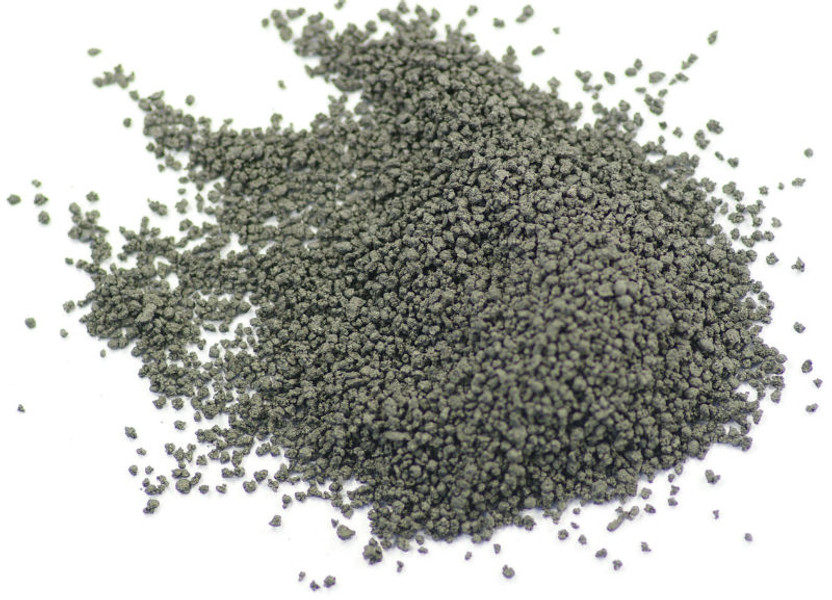Finding the Right Powder Mix
Posted by nyllah123 on 19th Sep 2025
Today, we are embarking on a new stage in our pursuit of the most precise load: determining the optimal powder quantity for your specific load. The precise amount of powder used plays a crucial role in achieving consistency and accuracy. Before finalizing the powder quantity, it is advisable to consult multiple reloading manuals and gather load data for the caliber you intend to reload. Initially, I choose the powder that appears to be the most suitable for the bullet I am using. These manuals typically provide a recommended safe maximum load for the specific rifle under testing. However, it is important to note that each barrel possesses its own unique characteristics, resulting in varying levels of chamber pressure compared to other rifles.
Measuring Velocity
I utilize a chronograph to precisely measure the velocity of my handloads. To begin, I assemble and fire a single round with a load well below the maximum limit provided in published data. I carefully examine the fired case for any signs of pressure, and subsequently, I proceed to test rounds with slightly increased potency. Typically, each subsequent round contains an additional .3 to .5 grains of powder. Following each firing, I inspect the primer for indications of excessive pressure. When the primers exhibit a completely flat edge, it serves as an indicator to cease further increment of the powder charge, as it suggests reaching the maximum safe load.
Upon reaching this stage, I proceed to shoot a 5-shot group with my maximum load. Subsequently, I create 5 more rounds, reducing the powder by .3 grains, and fire another 5-shot group. I repeat this process several times, evaluating the accuracy of various lighter loads. Within this iterative process, I discover the velocity range that yields the optimal accuracy for my specific rifle and bullet combination. This approach has proven to be highly effective for me.
It is crucial not to hastily draw conclusions based on a single exceptional group. It is recommended to validate the results by firing at least two more groups. It is uncommon for a shooter to guess the appropriate powder quantity and stumble upon consistently accurate handloads suitable for all rifles. Once you are confident that you have identified the most accurate load, be sure to record the corresponding velocity.
Utilizing a chronograph to develop handloads offers a distinct advantage. With this method, you can replicate the same velocity when testing different types of powder. It is highly likely that the tightest groups will be achieved at or very close to this particular velocity. After determining the optimal powder, further experimentation with bullet seating depth is necessary to determine the setting that delivers the best accuracy.
Powder Measure
Here are some additional thoughts on the matter. A chronograph provides valuable insight into how slight variations in powder charge affect velocity. Once you have established an accurate load, there is usually no need to individually weigh each powder charge. A reliable powder measure can consistently dispense powder charges for most types of powder. In my experience reloading for various calibers, only one caliber has necessitated weighing each and every powder charge, and that is the 300 Whisper. Its need for exceptionally uniform velocity is crucial due to the significant impact even slight velocity variations can have on its trajectory.
During my time shooting in snowy conditions, I made an interesting discovery: a notable amount of unburned powder scattered on the snow in front of the firing point. This demonstrates the possibility of burning insufficient amounts of slow-burning powder before the projectile exits the barrel. Additionally, it is important to use magnum primers for cases with large capacities. Speaking of primers, if the primer pockets become loose, it often indicates that your handloads are generating excessive chamber pressure. Consider using a different powder or reducing your load to alleviate this issue.

